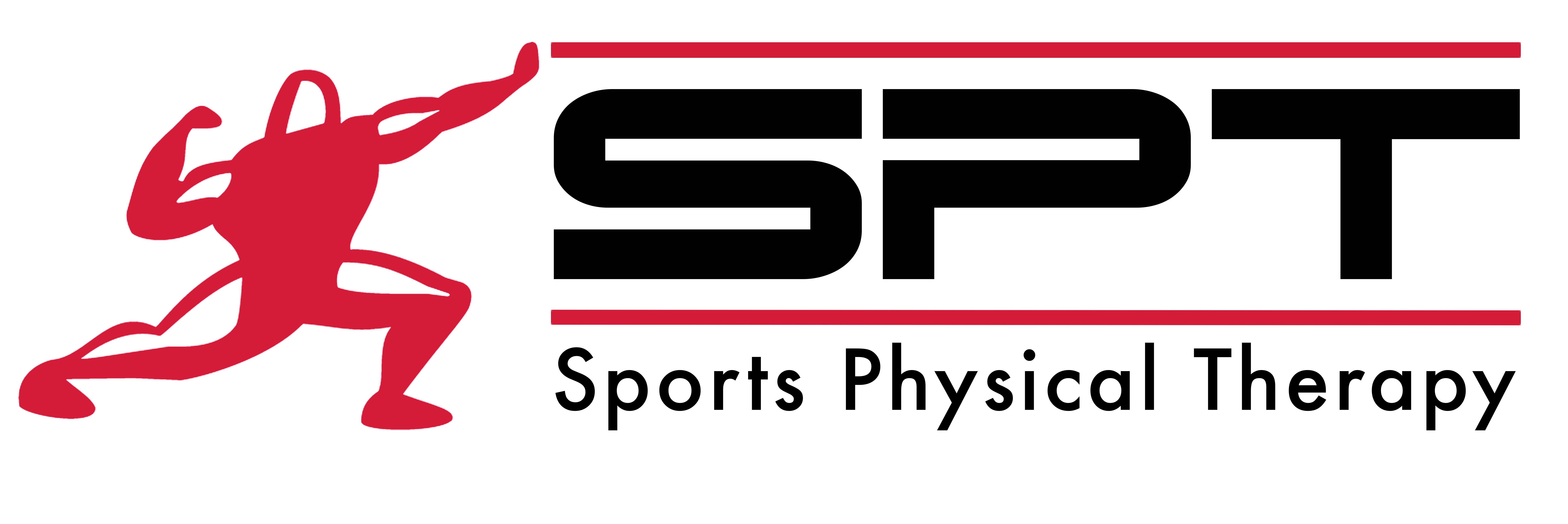Why the Summer-to-Fall Shift Matters
All athletes know the rhythm of a season. Summer often means long days, high heat, and intense training camps. Then, almost overnight, the air cools, schedules tighten, and competitions ramp up. It’s exciting—but it also puts new demands on your body.
The move from summer to fall sports is more than a change in weather. Your body is adjusting to cooler temperatures, heavier workloads, and the mental grind of consistent practices and games. Without the right plan, that transition can lead to fatigue, stiffness, or setbacks that keep you from playing your best.
That’s why physical therapy plays such a key role in fall sports. With the right strategies, athletes can navigate the seasonal shift smoothly and set themselves up for success all autumn long.
Tip 1: Rebuild Hydration Habits
In the heat of summer, athletes are usually good about hydrating. The constant reminder of sweat and sun makes it a habit. But as the weather cools, hydration often slips.
Here’s the truth: hydration is just as critical in fall sports as it is in summer. Dehydration doesn’t just cause thirst—it affects coordination, reaction time, and recovery.
Pro tip from physical therapy:
-
Drink 16–20 oz of water 2–3 hours before practice.
-
Sip 7–10 oz every 15–20 minutes during activity.
-
Rehydrate with water and electrolytes afterward, especially after long sessions.
Staying consistent with hydration ensures your muscles fire correctly, your joints stay lubricated, and your performance stays sharp—no matter the temperature.
Tip 2: Focus on Mobility and Flexibility
Cooler weather can leave muscles feeling tight, especially in the mornings or during late practices. That’s why mobility and flexibility become even more important in the fall.
Physical therapy emphasizes the difference between the two:
-
Flexibility is the ability of a muscle to lengthen.
-
Mobility is how well a joint moves through its range with control.
Athletes need both. Dynamic stretches like walking lunges or arm circles before practice wake up the body. Static stretches after training help muscles relax and lengthen. Physical therapy adds advanced mobility drills—like banded joint distractions or rotational movements—that keep your body moving fluidly.
This one-two punch keeps stiffness from creeping in and allows athletes to perform their movements with more efficiency and less restriction.
Tip 3: Adjust Intensity Gradually
Summer often brings a looser training schedule—pick-up games, tournaments, or conditioning workouts. Fall, however, means consistent practices, regular matches, and heavier loads on the body.
One mistake athletes make is jumping from summer intensity straight into the fall grind without allowing their bodies to adapt.
Physical therapy encourages gradual progression:
-
Increase training volume by no more than 10% per week.
-
Mix high-intensity practices with lighter sessions to allow recovery.
-
Pay attention to how your body responds after each increase.
This approach keeps you from burning out too quickly and allows your muscles, tendons, and joints to build resilience for the season ahead.
Tip 4: Prioritize Recovery as Much as Training
In the excitement of the fall season, recovery is often overlooked. But here’s the key: recovery is training. It’s when your muscles adapt, grow stronger, and reset for the next effort.
Physical therapy recovery strategies include:
-
Dry needling to release tight muscles and restore natural motion.
-
Manual therapy to improve joint mechanics and ease stiffness.
-
Foam rolling and stretching to keep tissues loose.
-
Sleep and nutrition guidance to support long-term recovery.
Recovery isn’t a luxury—it’s what allows athletes to stay consistent through long seasons. Without it, fatigue builds, performance dips, and risks rise.
Tip 5: Address Small Issues Early
Every athlete feels occasional tightness or fatigue. But ignoring those signals is where problems start. A sore calf that doesn’t get addressed can lead to altered movement. A stiff shoulder can affect mechanics in the gym or on the court.
Physical therapy specializes in catching these issues before they escalate. Through movement assessments, therapists spot imbalances, compensations, and weak links. By addressing them early, athletes protect their seasons and gain the confidence to compete without worry.
Think of physical therapy as a performance checkpoint: it helps you reset, strengthen, and move more efficiently—before small issues become big ones.
Bonus: Why Dry Needling Fits into Fall Training
For many athletes, dry needling becomes a game-changer during seasonal transitions. Using thin, sterile needles, therapists target muscle trigger points and areas of tension. The result is a release that helps muscles relax, joints move better, and performance feel smoother.
Benefits for fall sports athletes include:
-
Looser muscles after back-to-back practices.
-
More flexibility in cooler conditions.
-
Faster recovery between games.
-
Less stiffness in key areas like calves, hamstrings, shoulders, and hips.
Dry needling doesn’t replace strength, mobility, or conditioning—but it supports them. It gives athletes that extra reset to keep training and competing at their best.
How Sports Physical Therapy Supports Athletes This Fall
At Sports Physical Therapy, we know fall sports are about more than games—they’re about endurance, confidence, and smart preparation.
Here’s why athletes choose us:
-
Personalized care: Every athlete’s body and goals are different. We create plans that fit your sport and season.
-
Movement-first philosophy: We don’t just chase soreness—we find the root of movement inefficiencies.
-
Performance focus: From high school athletes to weekend warriors, we build strategies that help you compete with consistency.
-
Preventative approach: We help you stay ahead of problems before they sideline your season.
Take the Next Step
As you move from the summer heat into the fall grind, remember: your body thrives on preparation, balance, and recovery. With the right physical therapy strategies, you can keep your momentum strong, stay consistent, and perform at your best all season long.
📅 Book your Discovery Visit today
📞 Call us at (425) 628-2031
🔗 Click here to schedule

